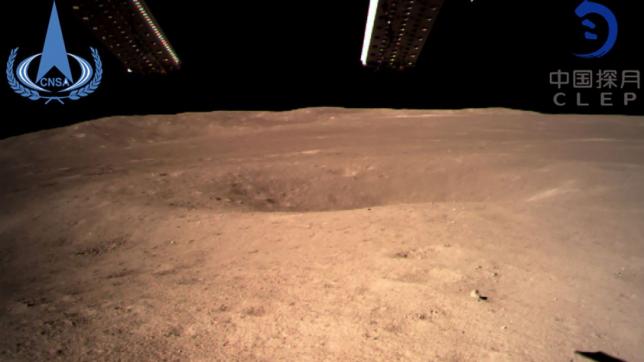
A Chinese space probe successfully touched down on the far side of the moon on Thursday, China's space agency said, hailing the event as a historic first and a major achievement for the country's space program.
 |
|
The far side of the moon taken by the Chang'e-4 lunar probe is seen in this image provided by China National Space Administration January 3, 2019. |
A Chinese space probe successfully touched down on the far side of the moon on Thursday, China’s space agency said, hailing the event as a historic first and a major achievement for the country’s space program.
The Chang’e-4 lunar probe, launched in December, made the “soft landing” at 0226 GMT and transmitted the first-ever “close range” image of the far side of the moon, the China National Space Administration said.
The moon is tidally locked to Earth, rotating at the same rate as it orbits our planet, so most of the far side - or “dark side” - is never visible to us. Previous spacecraft have seen the far side, but none has landed on it.
The landing “lifted the mysterious veil” of the far side of the moon and “opened a new chapter in human lunar exploration”, the agency said in a statement on its website, which included a wide-angle color picture of a crater from the moon’s surface.
The probe, which has a lander and a rover, touched down at a targeted area near the moon’s south pole in the Von Karman Crater after entering the moon’s orbit in mid-December.
The tasks of the Chang’e-4 include astronomical observation, surveying the moon’s terrain, landform and mineral makeup, and measuring the neutron radiation and neutral atoms to study the environment of its far side.
The control center in Beijing will decide when to let the rover separate from the lander, state news agency Xinhua said.
“It’s an important milestone for China’s space exploration,” Wu Weiren, chief designer of the lunar exploration program, said, according to Xinhua.
The probe also took six live species - cotton, rapeseed, potato, arabidopsis, fruit fly and yeast - to the lifeless environment to form a mini biosphere, Xinhua said.
(Source: Reuters)





